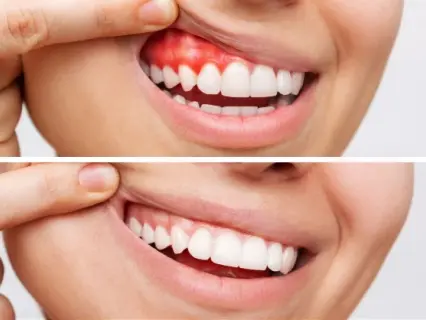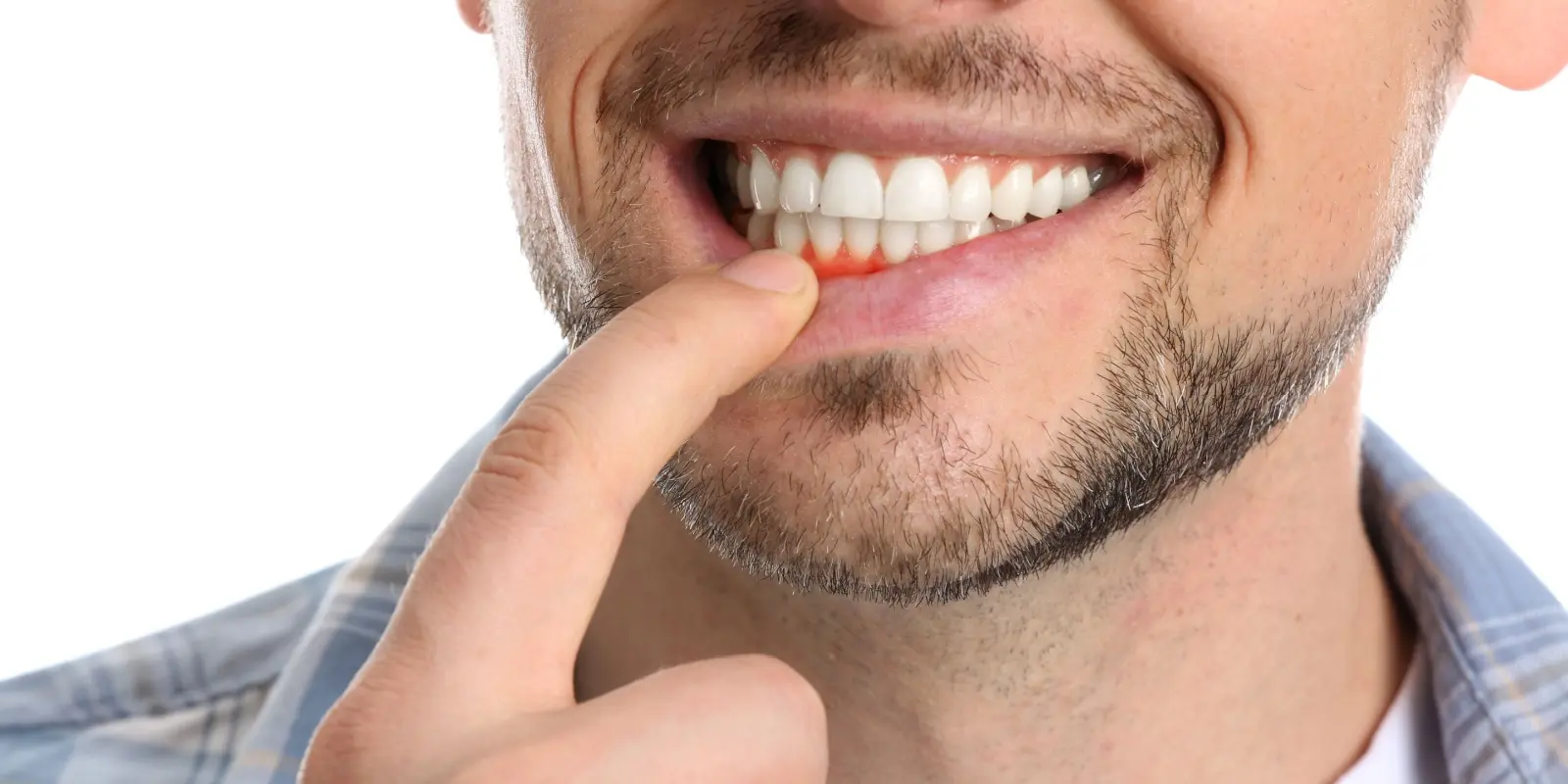What are Gingivitis and Gum Disease?
Gingivitis, also called gum disease or early periodontal disease, describes the events that begin with bacterial growth in your mouth and may end – if not properly treated – with tooth loss due to destruction of the structures that support your teeth.
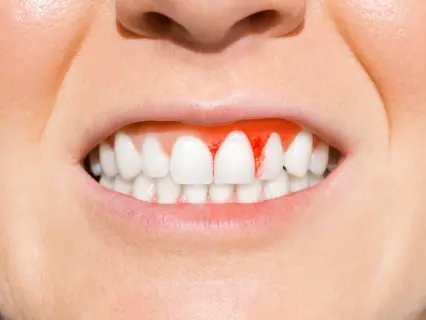
Why Gum Disease Must Be Treated Now:
- Bacteria is eating away at your jaw bones
- You are in the process of losing teeth
- Bad breath is causing people to avoid you
- Swallowing bacteria causes stomach problems and pain
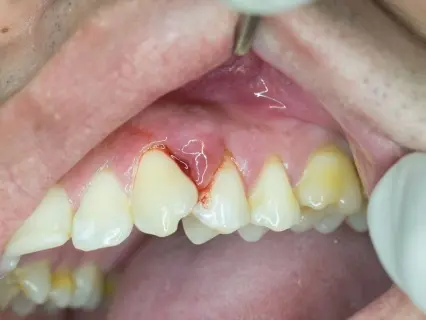
What Will Happen If Not Treated Now:
- Chewing will be painful and you will avoid chewing on some teeth altogether
- You will avoid eating certain foods
- Your teeth will move and shift over time, often resulting in large gaps in the front
- Gum disease will cause or worsen heart disease and diabetes
- Painful, expensive surgery may be needed if left untreated

The New Solution for Gum Disease:
- Scaling is the removal of calculus (commonly called tartar) and plaque attached to the tooth surfaces. The process especially targets the area below the gum line, along the root. The teeth are cleaned and above and below the gum and the roots are smoothed.
- We use a gel that thoroughly numbs your gums – without a needle.
- Scaling and root planing is done with a combination of vibrating and hand instruments. Vibrating instruments have two components: a dull metal tip that vibrates against the tooth and a water irrigation system to flush out bacteria.
- We teach you how to prevent gum disease at home.
The Importance of Flossing Featuring Dental Hygienist, Rachel Brady @PhillyDentistry.
In this video Rachel explains the importance of flossing along with the proper techniques of flossing to prevent any form of gum disease.
What’s the Difference Between Gingivitis and Periodontitis?
Gingivitis (gum swelling and bleeding) usually occurs before periodontitis (bone loss). However, it is important to know that not all gingivitis progresses to periodontitis.
In the early stage of gingivitis, bacteria in plaque (a sticky deposit on teeth where bacteria accumulate) cause the gums to become inflamed (red and swollen) and easily bleed during tooth brushing. Although the gums may be irritated, the teeth are still firmly planted in their sockets. No irreversible bone or other tissue damage has occurred at this stage.
When gingivitis is left untreated, it can advance to periodontal disease, also known as periodontitis. In a person with periodontitis, the inner layer of the gum and bone pull away from the teeth and form pockets. These small spaces between teeth and gums collect food and bacteria and can become infected. The body’s immune system fights the bacteria as the plaque spreads and grows below the gum line.
Poisons produced by the bacteria start to break down the bone and gums that hold teeth in place. As the disease progresses, the pockets deepen and more gum tissue and bone are destroyed. When this happens, teeth are no longer anchored in place; they become loose and tooth loss occurs. Gum disease is the leading cause of tooth loss in adults.
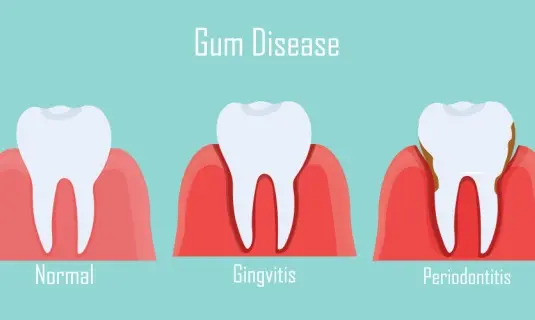
What Causes Gum Disease?
Plaque is the primary cause of gum disease. However, other factors can contribute to periodontal disease. These include:
- Hormonal changes, such as those occurring during pregnancy, puberty, menopause, and monthly menstruation, make gums more sensitive, which makes it easier for gingivitis to develop.
- Illnesses may affect the condition of your gums. This includes diseases such as cancer or HIV that interfere with the immune system. Because diabetes affects the body’s ability to use blood sugar, patients with this disease are at higher risk of developing infections including periodontal disease.
- Medications can affect oral health because some medications cause “dry mouth”. These decrease saliva, which has a protective effect on teeth and gums. Some drugs can also cause abnormal growth of gum tissue.
- Bad habits such as smoking and grinding one’s teeth make it harder for gum tissue to repair itself.
- Poor oral hygiene such as not brushing and flossing or overbrushing teeth, make it easier for gingivitis to develop.
- Family history. If others in your family have bad gums, your chance is also high to have unhealthy gums.
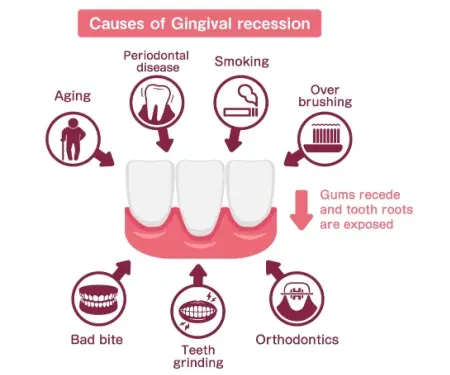
What Are the Symptoms of Gum Disease?
Gum disease may progress painlessly, producing few obvious signs, even in the late stages of the disease. Although the symptoms of periodontal disease often are subtle, the condition is not entirely without warning signs. Certain symptoms may point to some form of the disease. The symptoms of gum disease include:
- Gums that bleed during and after tooth brushing (Remember – healthy gums don’t bleed.)
- Red, swollen, or tender gums
- Bad breath or bad taste
- Receding gums
- Formation of deep pockets between teeth and gums
- Loose or shifting teeth
- Your bite may feel “off” or your dentures do not fit
- An “itchy” feeling of the gums
- Dark triangles or spaces between your teeth
- No symptoms at all
Even if you don’t notice any symptoms, you may still have some degree of gum disease. In some people, gum disease may affect only certain teeth, such as the the very back teeth. Only a dentist can recognize and determine the progression of gum disease.
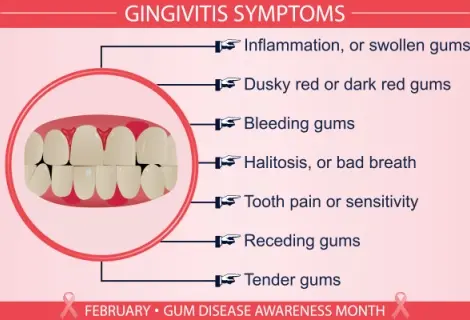
How Do Our Doctors Diagnose Gum Disease?
During a dental exam in our Philadelphia office, Dr. Cirka, Dr. Jeon and Dr. Ridge check for these things:
- Gum bleeding, color, swelling, firmness, and pockets (the space between the gum and tooth; the larger and deeper the pocket, the more severe the disease)
- Digital x-rays show build up below the gum line and the amount of bone loss
- Teeth movement, sensitivity and proper teeth alignment
- Your jawbone to help detect the breakdown of bone surrounding your teeth
- Tartar build-up above and below your gum line
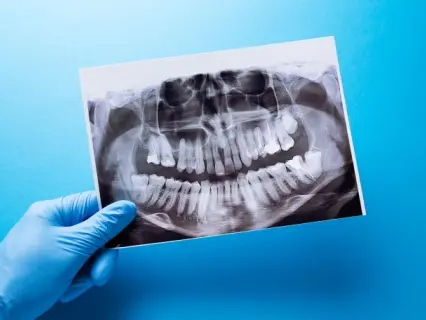
How Is Gum Disease Treated?
The goals of gum disease treatment are to promote reattachment of healthy gums to teeth; reduce infection, swelling and the depth of pockets; and to stop disease progression. Treatment options depend on the stage of disease, how you may have responded to earlier treatments, and your overall health. Options range from non-surgical therapies that control bacterial growth to surgery to restores supportive tissues.
For almost all patients, we do not recommend surgery. This was common a few years ago and is still completed at some offices. Our Philadelphia dental office is different. Here, at the first visit, your hygienist will remove all the build-up above the gum line and you begin to use a prescription mouth rinse daily. At your second visit, we use a gel that thoroughly numbs your gums – without a needle. For some patients, scaling and root planing can cause discomfort, so we prevent that with a local anesthetic used to numb the portion of your mouth that is being worked on. You should be 100 percent comfortable with the treatment in our office. The teeth are cleaned and below the gum, the roots are smoothed. This begins the healing process. This is known as scaling and root planing.
Scaling and root planing is the most common and conservative form of treatment for periodontal (gum) disease. Scaling is the removal of calculus (commonly called tartar) and plaque attached to the tooth surfaces. The process especially targets the area below the gum line, along the root.
The root surface is made smooth in a process called root planing. Root planing removes any remaining calculus and smooths irregular areas of the root surface.
Scaling and root planing is done with a combination of ultrasonic and hand instruments. Ultrasonic instruments have two components:
- A relatively dull metal tip that vibrates at a very high frequency and cleans plaque and calculus off the tooth
- A water irrigation system that helps to flush out debris from around the teeth. Hand instruments are not powered. They have edges that your hygienist uses to chip away plaque and calculus.
These instruments come in various shapes and sizes. Different instruments are used for different teeth, and even for different surfaces of the same tooth. Typically, ultrasonic instruments are used first to remove large deposits of plaque and calculus from the crowns and roots of the teeth. Hand instruments are then used to remove any remaining material and make sure that the tooth surface is clean and smooth. Remember – the entire time you are numb and comfortable.
At a third visit, 2-4 weeks later, we clean and polish your teeth again, checking to see if you healed as predicted. If so, we will see you every 3 months for a periodontal cleaning to monitor and maintain the health of your teeth and gums. If there are areas that have not healed after the initial scaling, we may recommend that you visit a periodontist-a dentist who treats gums. Almost every patient who adheres to our recommendations does not need to see a gum specialist after the treatments in our office.
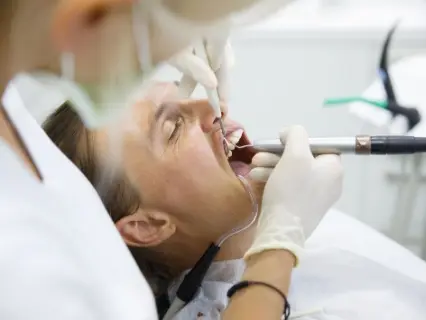
What if I do not have scaling and root planing done?
If left untreated or if periodontal disease is severe, surgery may be necessary to stop the progression. We work with you to prevent long term loss of your teeth and to get your teeth and gums as healthy as possible. Our recommendations work. If you follow our recommendations, you will get and stay healthy.
So, if you have bleeding gums that are not healthy, we can help. Healthy gums are just a few visits away. At our dental office in Center City, Philadelphia, Dr. Cirka, Dr. Jeon, Dr. Ridge and our hygienists will provide you excellent care. They are the best anywhere and have each been licensed to practice for many years.

Even More Facts About Periodontal Disease: The Prevalence of Periodontal Disease
Approximately 75% of adults in the United States are affected by some form of periodontal disease, ranging from mild cases of gingivitis to the more severe form, periodontitis. However, recent research conducted by the American Academy of Periodontology and the Centers for Disease Control (CDC) suggest that periodontal prevalence rates may have been underestimated and the rates may be higher than 8 of 10 people have some form of gum disease.
Heart Disease and Stroke
Studies suggest gingivitis may increase the risk of heart disease and stroke because of the high levels of bacteria in infected areas of the mouth. As the severity of gum disease increases, the risk of heart disease may increase with it. Other studies have suggested that the swelling and bleeding in the gums may create a chronic inflammation response in other parts of the body, increasing the risk of heart disease and stroke.
Diabetes
People with diabetes often have some form of gum disease, likely caused by high blood sugar. People with diabetes need to take extra care to ensure proper brushing and flossing techniques are used to prevent the advancement of the gum disease. Regular check-ups and cleanings with your dental hygienist should be followed.
Premature Birth
Babies that are born premature — before 37 weeks — may face numerous health complications. Research indicates that women with gum disease are three to five times more likely to have a baby born prematurely compared to women without any gum disease.
Women are more susceptible to gingivitis when pregnant and should follow their regular brushing habits, and continue with dental cleanings and examinations. If you are pregnant and your gums become very sensitive and bleed, it is likely due to the hormonal changes that your body is experiencing. If that is the case, call us. We routinely help you with an additional cleaning during your pregnancy to prevent “pregnancy gingivitis”.
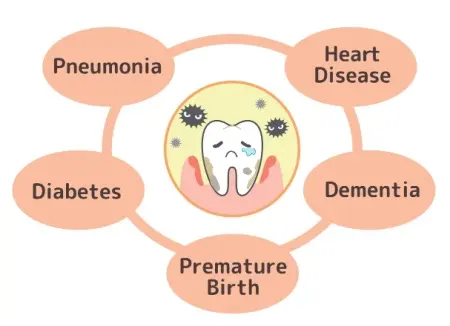
Now, are you ready to be healthier, have stronger teeth and gums and save your teeth from painful problems?
Schedule your consultation today for healthier gums! Call our Center City Philadelphia dental office today for a free gum disease assessment and free x-rays (215) 568-6222.
The importance of flossing featuring Dental Hygienist, Rachel Brady @PhillyDentistry. In this video Rachel explains the importance of flossing along with the proper techniques of flossing to prevent any form of gum disease.
